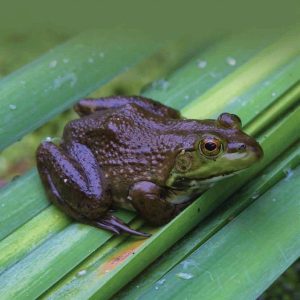

Can Amphibians Help Conserve Native Fishes?
By Niall G. Clancy | Department of Ecology, Montana State University, 310 Lewis Hall, Bozeman, Montana 59717. E-mail: [email protected] Native fish populations have continued to decline
American Fisheries Society Family of Websites:
Read our five journals and Fisheries magazine
Find thousands of unpublished agency reports and other information
Join us in Honolulu in 2024
Find an AFS Unit near you or in your area of specialty
Learn how to communicate the effects of climate change on fisheries
Summer internships for high school students
Explore our initiatives to increase diversity in the Society and in the fisheries profession
Find fisheries science products and services
Quick answers to common questions


By Niall G. Clancy | Department of Ecology, Montana State University, 310 Lewis Hall, Bozeman, Montana 59717. E-mail: [email protected] Native fish populations have continued to decline
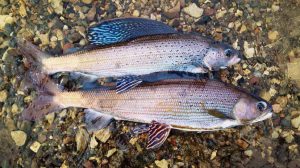

By Jonathan Mawdsley | Association of Fish and Wildlife Agencies, 1100 First Street NE, Suite 825, Washington, D.C. 20002. E-mail: [email protected]; Davia Palmeri and Mark Humpert


We simulated and evaluated multistate capture–recapture models to estimate mortality rates using telemetry data.
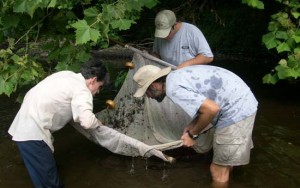

Even with long-standing management and extensive science support, North American inland fish and fisheries still face many conservation and management challenges. We used a grand


By David L. Ward, Andrew F. Casper, Timothy D. Counihan, Jennifer M. Bayer, Ian R. Waite, John J. Kosovich, Colin G. Chapman, Elise R. Irwin,
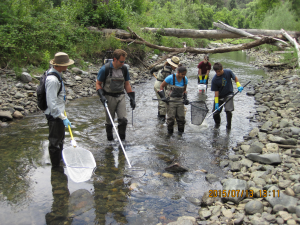

By Nathan T. Evans, Patrick D. Shirey, Gary A. Lamberti, Jamin G. Wieringa and Andrew R. Mahon Fisheries conservation requires accurate knowledge of species identities and
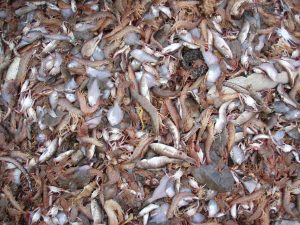

Nonselective fishing gears extract a great many small marine species, such as seahorses, with limited documentation or assessment of their impacts. Our review analyzed data on seahorse bycatch for five gear-type categories and 22 countries, and emphasizes the importance of evaluating bycatch, even for taxa where reported daily catch rates are low.
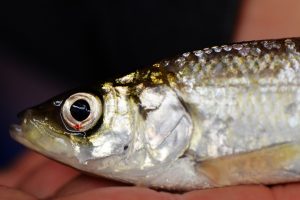

Natural resource decision makers are challenged to adapt management to a changing climate while balancing short-term management goals with long-term changes in aquatic systems.
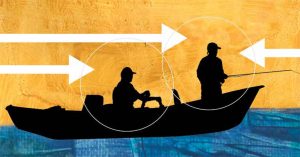

Fisheries and human dimensions literature suggests that climate change influences inland recreational fishers in North America through three major pathways.
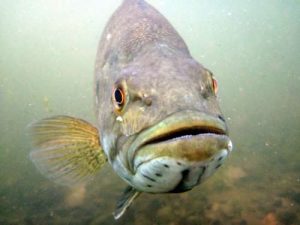

In this synthesis, we (1) summarize climate trends that may influence North American inland fish populations and assemblages, (2) compile 31 peer reviewed studies of documented climate change effects on North American inland fish populations and assemblages, and (3) highlight four case studies representing a variety of observed responses ranging from warmwater systems in the southwestern and southeastern United States to coldwater systems along the Pacific Coast and Canadian Shield.

